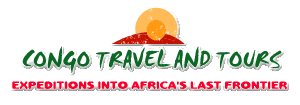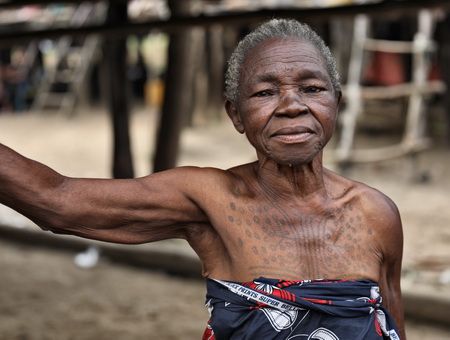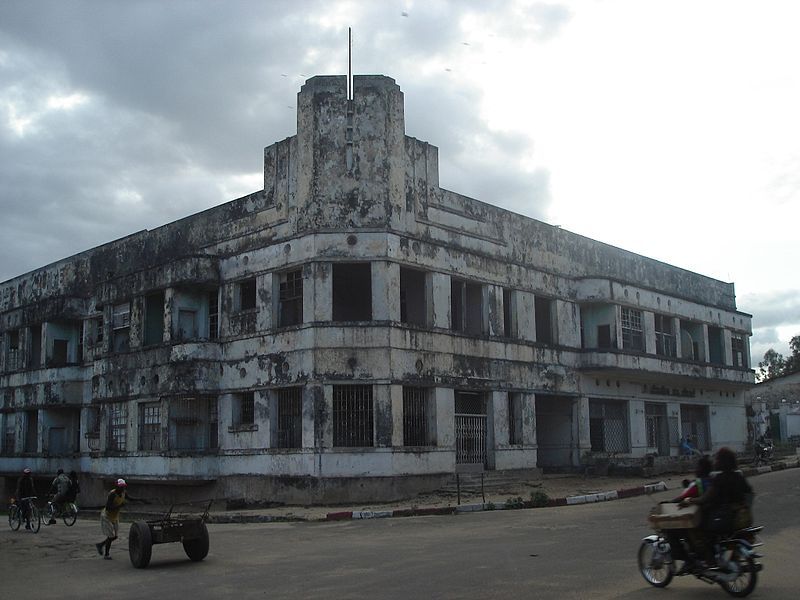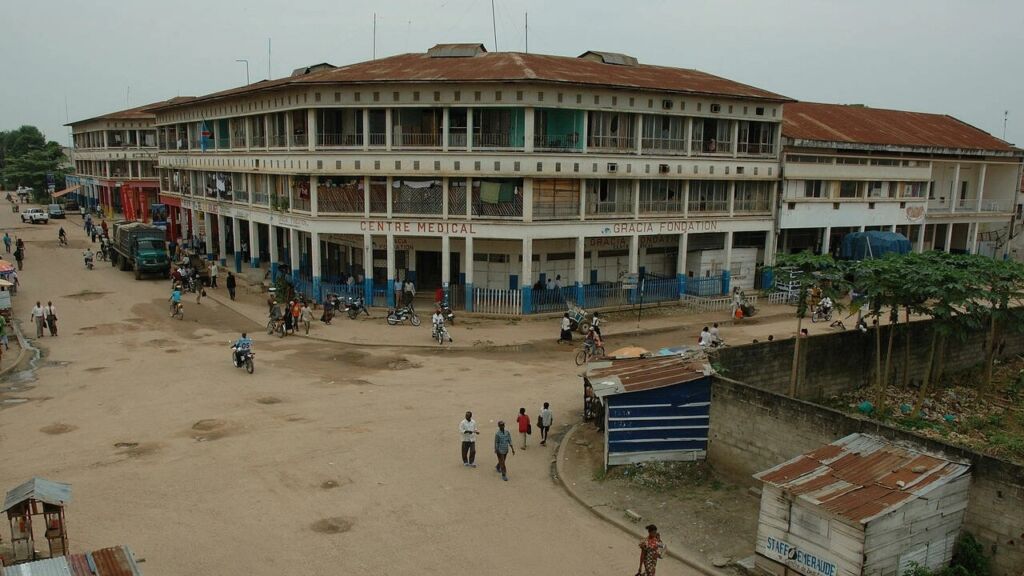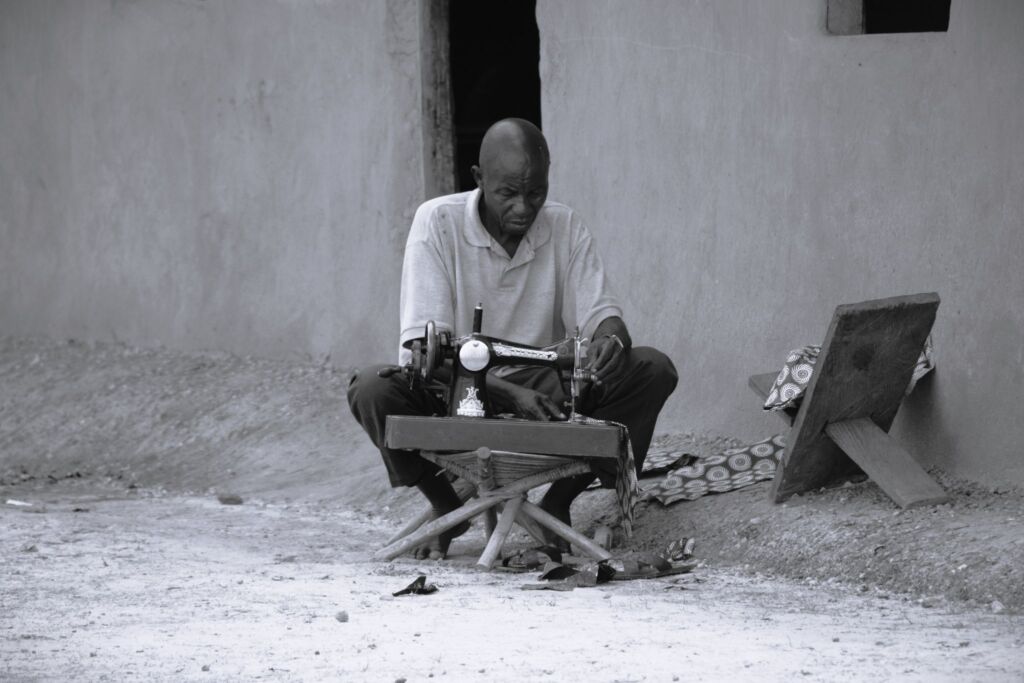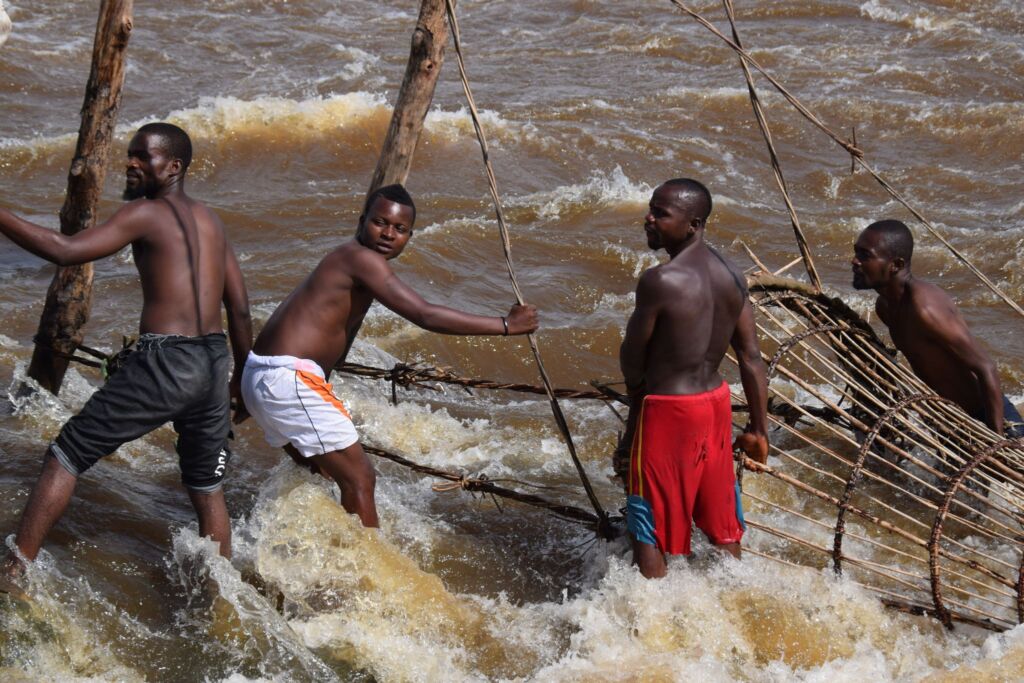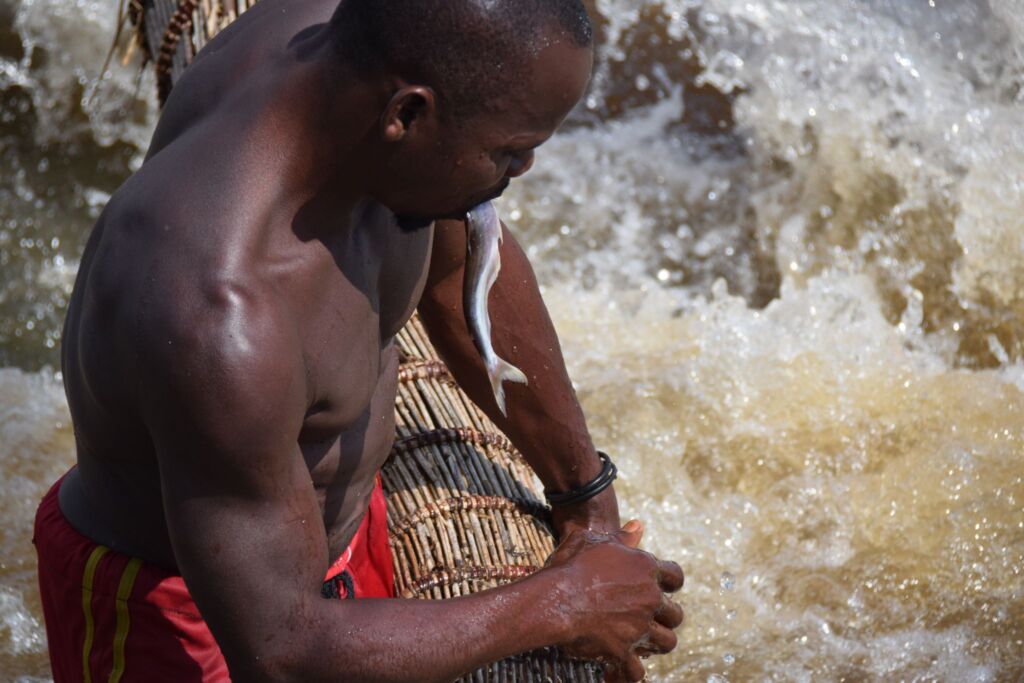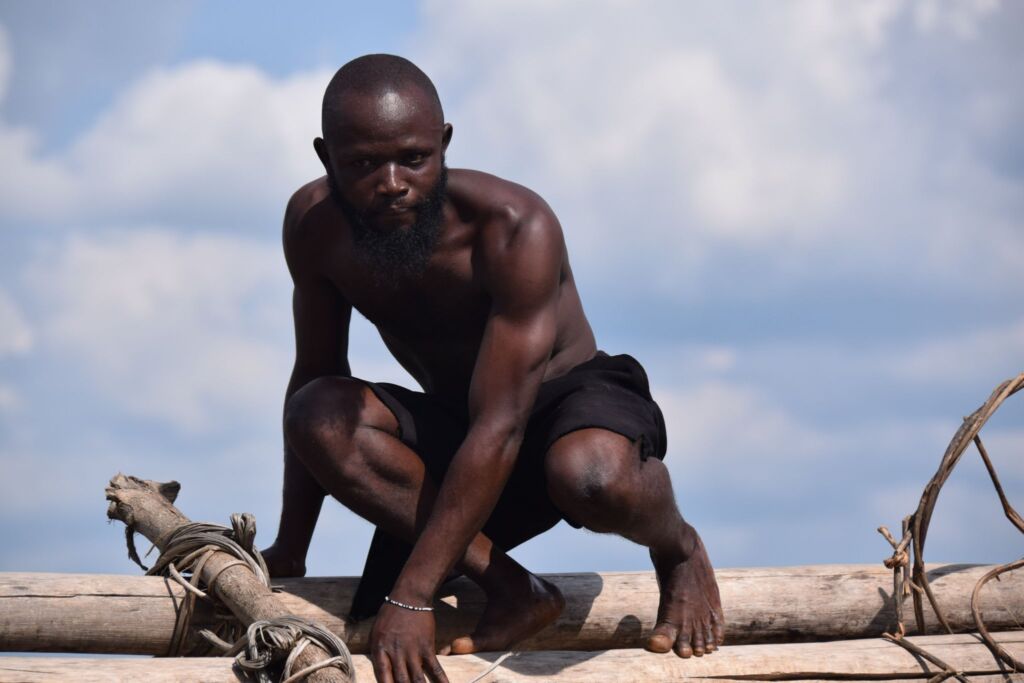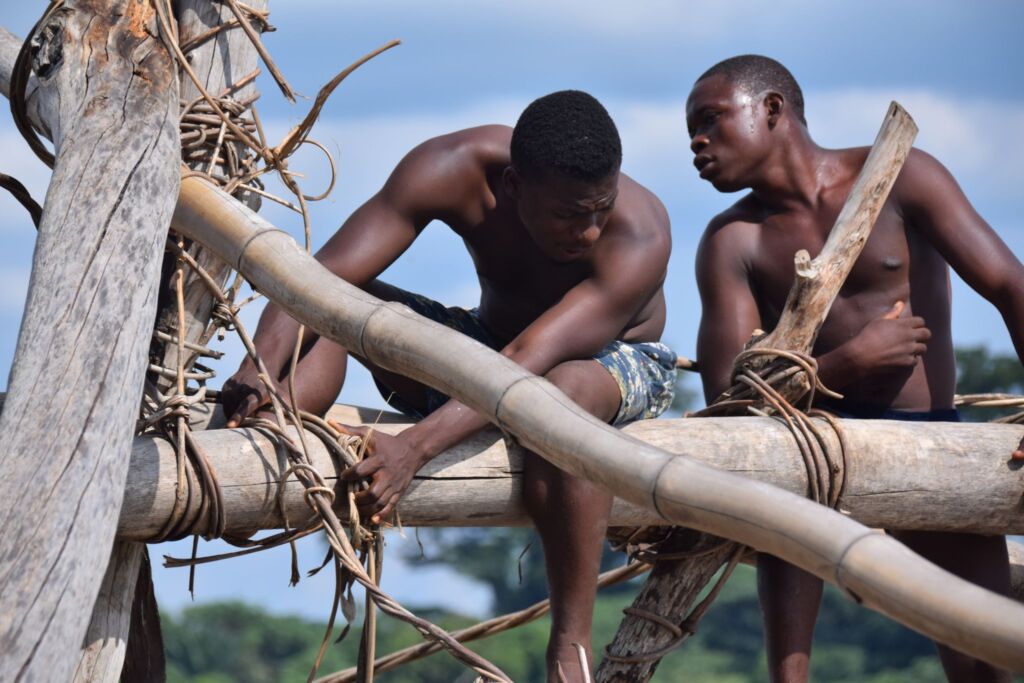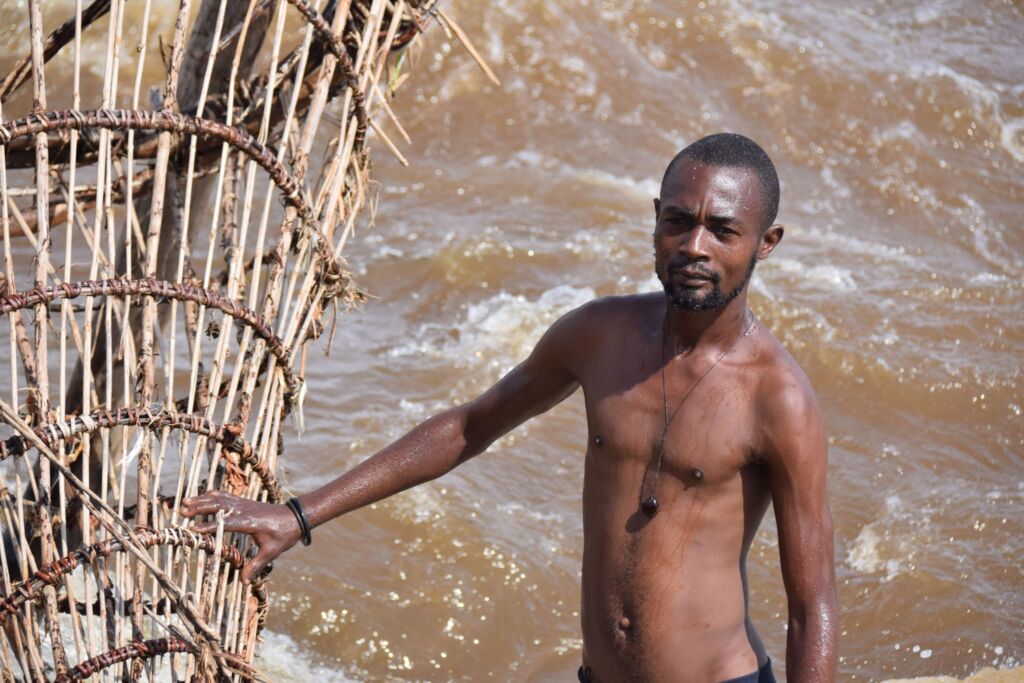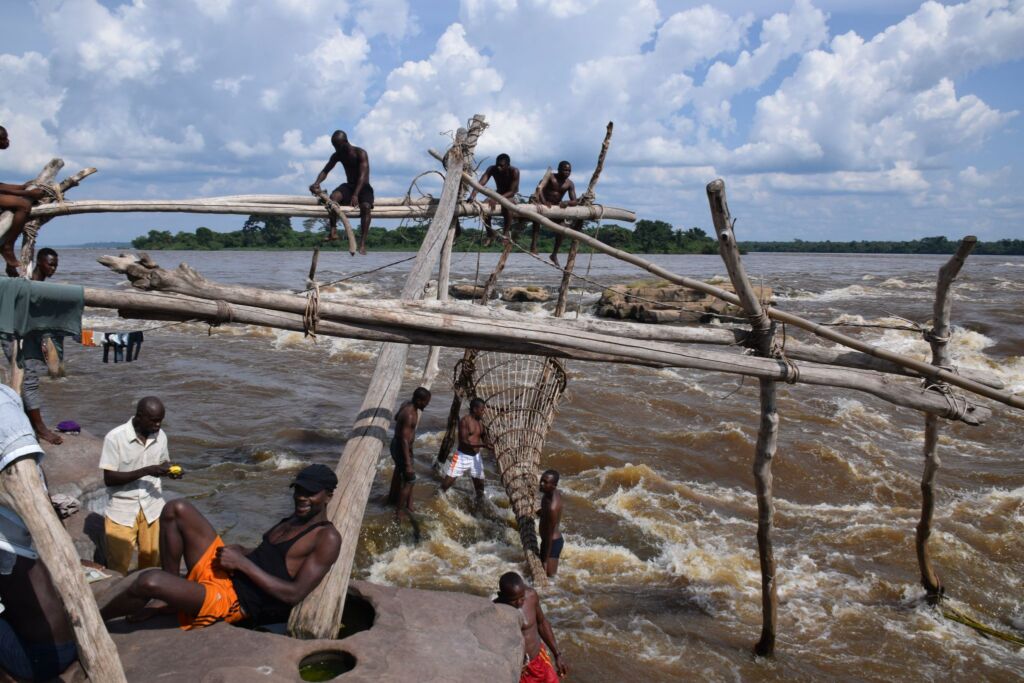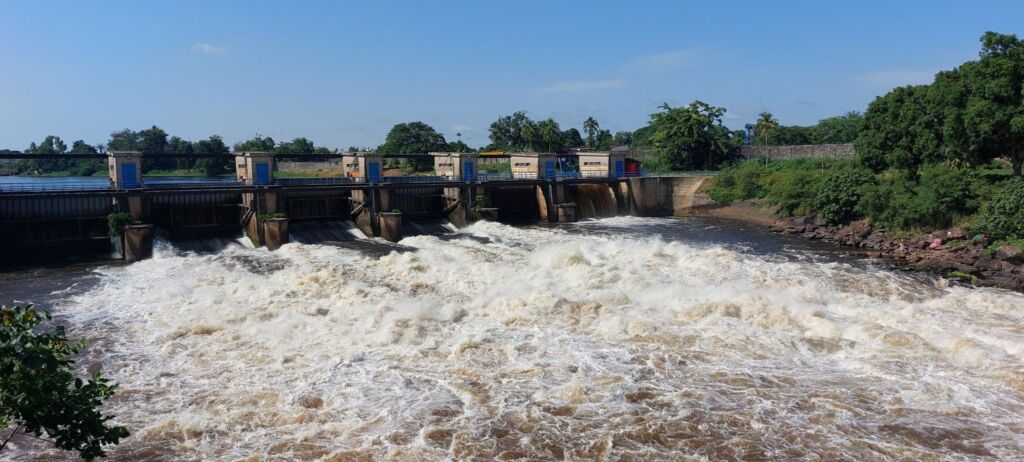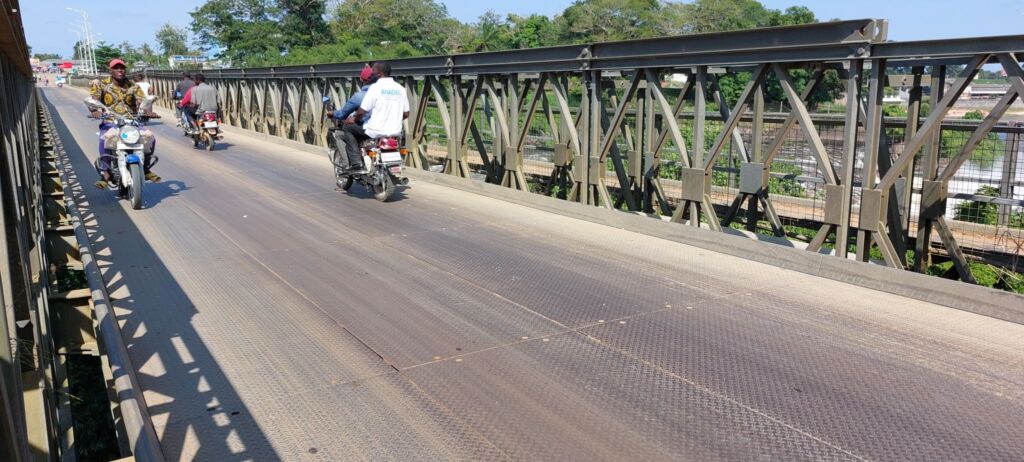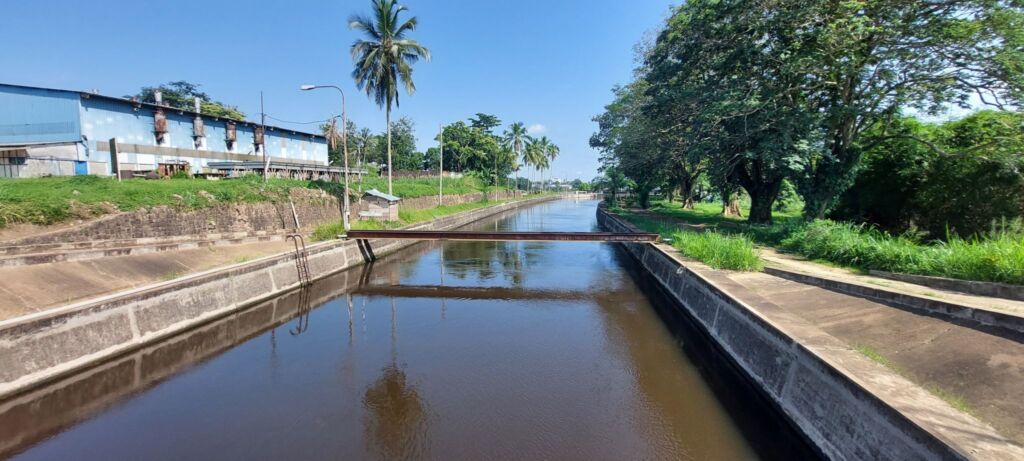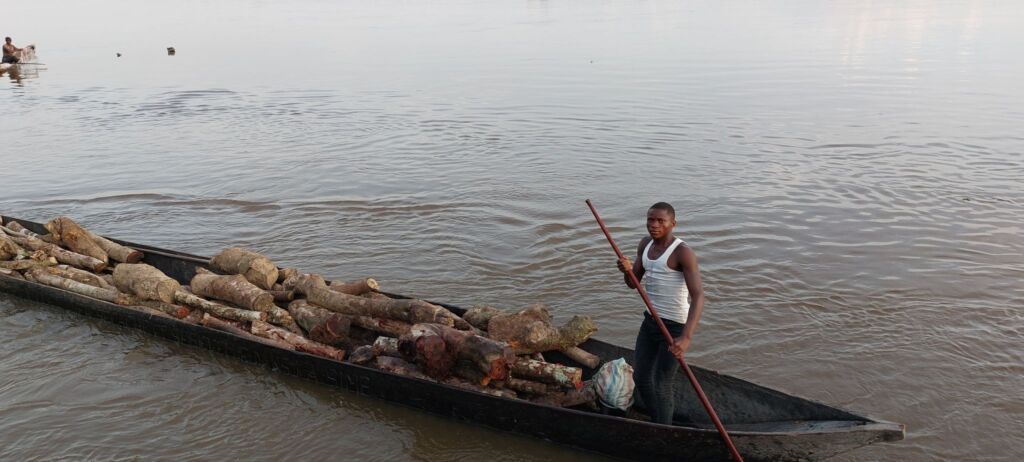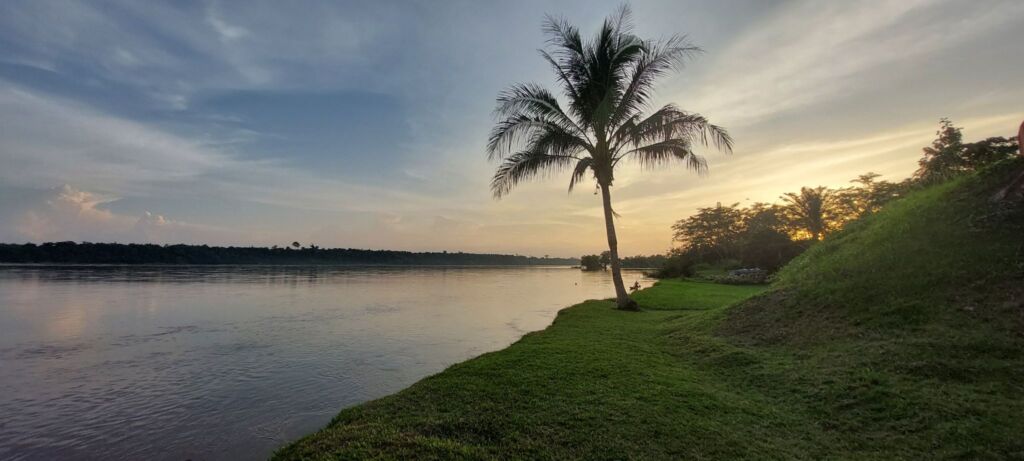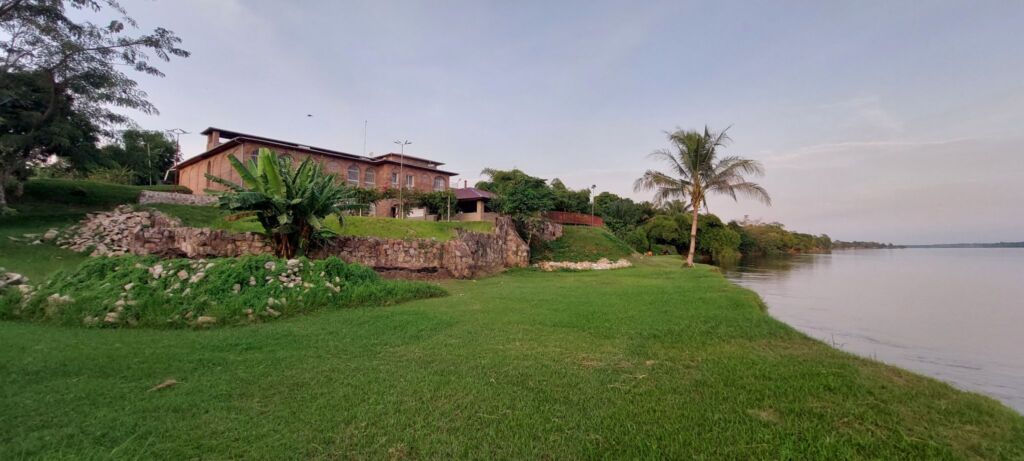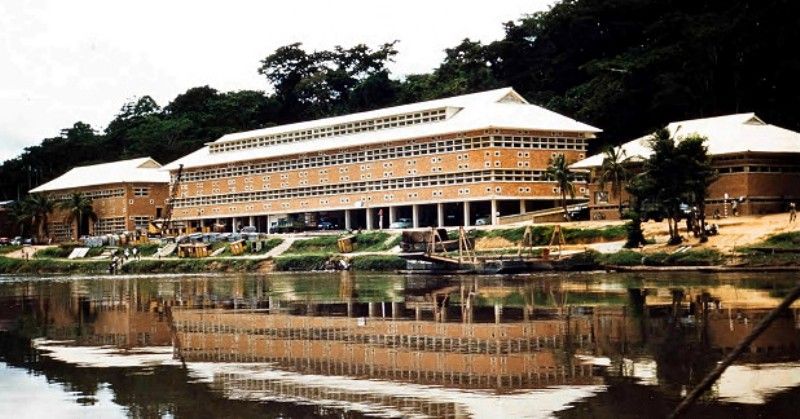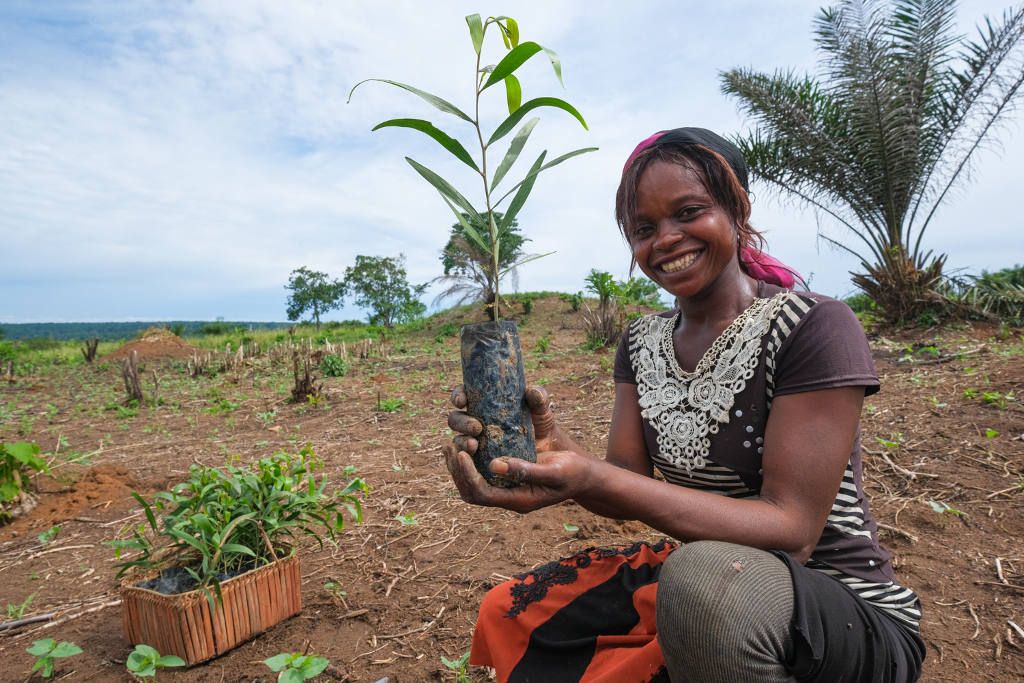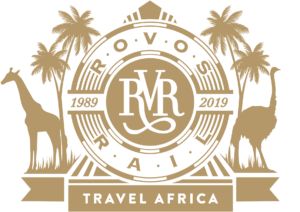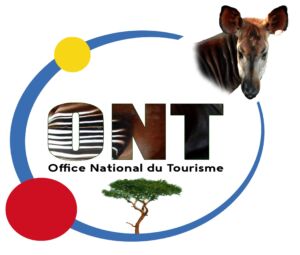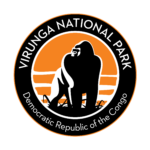For this travel in Congo, we’re going all the way to Kisangani, the capital of the Tshopo province in the north of Congo-Kinshasa. Tshopo is one of the 21 new provinces of Congo, which were created in 2015 and is named after the Tshopo River, which flows through Kisangani. It used to be part of the former Orientale province, together with Bas-Uele, Haut-Uele and Ituri.
Kisangani is a pleasant city near the Congo River and is surrounded by green forest. It has a relaxed atmosphere and is completely different from Kinshasa, which is noisy and polluted. We can find many interesting building such as the city hall, textile factories, old colonial residential houses, churches, the Cathedral and a few really nice hotel buildings. There is also the Tshopo River and the hydroelectric dam which are nice to visit as well as the Wagenia Falls (Boyoma Falls) with the fishermen who catch big fish in wooden baskets attached to scaffolds on the rapids on the Congo rapids, a spectacular sight.
The Boyoma Falls, formerly known as Stanley Falls, are a series of seven cataracts over more than 100 km on the Lualaba from Ubundu to Kisangani in the Tshopo province of Congo. It is at the end of these falls that the Lualaba changes into the Congo.The Boyoma falls have one of the highest flow rates in the world, with over 17,000 cubic meters per second and have a total drop of 60 meters.
Every day Wagenia Fishermen are out on the rapids with their baskets to catch the fish, which you can see in this video below.
During our stay we’ll also go to Yangambi, outside of Kisangani near the Congo River. It is home to an important research center and also the Yangambi biosphere. From 1933 to 1962 there were hundreds of researchers, mostly Belgians working here and it was the most important research center for tropical agriculture and forestry in all of Africa. There was a library with over 25.000 books, the largest herbarium in all of Africa (over 125.000 specimens) and several experimental plots to create better crops such as soybeans, palm trees and bananas to name a few. At its peak it was home to more than 700 scientists and technicians. Starting from the seventies the center began to decline and because of instability and budget cuts there was a huge decrease in the research activities. Since a few years the center has been revived with the efforts and funding of organizations such CIFOR, the Africa Museum from Tervuren, Meise Botanic Garden, the university of Kisangani and Ghent University.
In the same area we find the Lokele tribe, which are famous for their drums, which are used to send messages which would travel long distances in record time. European explorers would arrive at villages where no European would have been before and would find the villagers prepared for their village as messages through drums already were sent before their arrival. John Carrington was an English missionary who learned the Kele language as well as the drum language and published his findings in ‘the talking drums of Africa’ in 1949 in which he talks about the drum-language being used as a rapid form of communication in the rainforest. Every village would have an drum-expert so they would all be in contact with each other. With the introduction of phones, this tradition sadly faded away. During our travel we will visit the Kele tribes, of which some members still use the old tradition of tattooing themselves.
During your travel you will sleep in very basic accommodation, sometimes with no electricity or running water. Remember you are going to a place with little infrastructure. Be prepared for last minute changes and forces majeurs that can influence the programme.
Itinerary: flexibility is needed
Day 1: Slave Trade Point – City Center – Pont Tshopo
Full day city visit of Kisangani, including the slave trade point and Pont Tshopo.
Day 2 : Wagenia fishermen near Boyoma Falls
We’ll start the day with a visit to the Wagenia fishermen, including their island on the Congo River. We will witness their traditional dance and rituals and will spend the night on the island with them.
Day 3: Waine-Rukula
After breakfast we’ll proceed to see Waine-Rukula, a beautiful village about two hours drive outside of Kisangani in the middle of the magnificent forest.
Day 4 to 6: Yangambi
We’ll head out to Yangambi today. Depending on the road conditions this can be either boat or car. We’ll stay for a total of three nights as there is a lot to explore. We’ll get introduced to the center, the labs, the herbarium, the library and the experimental fields within the surrounding forest.
Day 7 and 8: Kele Tribes
We’ll use these two days to camp among the Kele tribes and join them in their daily activities. We’ll eat simple local meals.
Day 9: Return to Kisangani
The long journey back to Kisangani today, drop off at the hotel. End of tour!
Be sure to have a few buffer days in Kinshasa if you’re counting on flying back as flights can sometimes be delayed up to two days or longer!
What to bring:
– Tent with sleeping gear
– Towels
– Appropriate clothing and shoes for hiking
– Medicines
– DEET
– Sunscreen, sunglasses, a hat
– Torch and batteries
– Powerbanks
– Back up snacks and water
